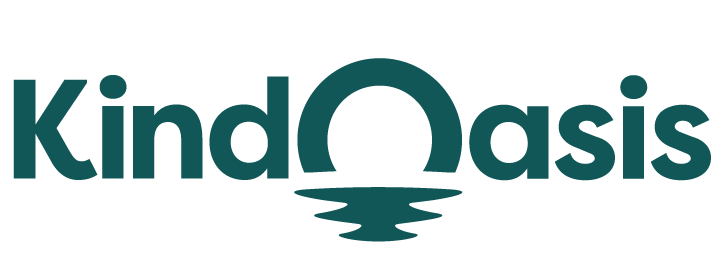What Is The Relationship Between Chatbot And Artificial Intelligence?
Try AI ChatbotDiscover how chatbots leverage artificial intelligence to enhance user interactions and streamline communication.

The rapid advancement of technology has brought artificial intelligence (AI) to the forefront of many industries, and chatbots are one of the most common applications of AI in customer support and digital interaction. But what exactly is the relationship between chatbots and AI? Chatbots are computer programs designed to simulate human conversations, and AI is the technology that empowers them to understand and respond to complex queries in a human-like manner.
Artificial intelligence, particularly natural language processing (NLP), enables chatbots to analyze and understand user input, improving their responses over time. This connection between AI and chatbots allows them to automate customer support tasks, handle a wide variety of inquiries, and deliver more personalized, accurate answers. AI-driven chatbots like VanChat take this concept a step further by learning from a business’s data, offering tailored responses based on user behavior and preferences.
How AI Enhances Chatbot Functionality
The relationship between AI and chatbots revolves around how AI enables chatbots to go beyond simple pre-programmed responses. Through machine learning and NLP, AI-powered chatbots can interpret user intent, recognize context, and even predict future actions. This makes them highly effective in customer service roles, where they can provide quick, relevant answers without human intervention. For example, AI chatbots can handle repetitive inquiries such as order status or account information, freeing up human agents for more complex tasks.
Incorporating AI also allows chatbots to improve over time. With each interaction, the AI component learns more about how users phrase their questions and what type of information they are looking for. As a result, the chatbot becomes more efficient and accurate in its responses. This ability to learn and evolve is one of the key differentiators of AI-driven chatbots compared to traditional rule-based systems.
VanChat: A Case Study in AI-Powered Chatbot Technology
One of the most innovative examples of an AI-powered chatbot is VanChat, which is designed specifically for Shopify merchants. By leveraging AI, VanChat can accurately respond to 97% of customer queries without human input, covering everything from product comparisons to order tracking. This automation significantly reduces the workload for business owners, allowing them to focus on higher-level tasks. The relationship between VanChat and AI is evident in its ability to continually learn from the store's content, whether it be text, images, or videos.
VanChat also excels at personalization, another crucial benefit of AI integration. It uses AI to offer tailored product recommendations based on user behavior, shopping habits, and preferences. By analyzing past purchases and interactions, VanChat can make highly accurate suggestions, improving the customer experience and driving more sales. This personalized approach makes it an essential tool for Shopify developers and business owners looking to optimize their customer service and increase conversions.
AI, Chatbots, and User Experience
The integration of AI into chatbot technology has revolutionized the way businesses interact with customers. Chatbots powered by AI can offer a more intuitive and human-like experience, which enhances customer satisfaction. Users prefer chatbots that understand their queries, provide immediate responses, and even anticipate their needs. VanChat does precisely this by analyzing customer behavior and delivering timely, relevant information to improve the overall shopping experience.
Furthermore, AI-powered chatbots are capable of handling complex tasks, such as guiding users through a multi-step process like placing an order or filing a return. This reduces friction in the user journey and encourages customers to complete transactions more efficiently. Artificial intelligence ensures that these chatbots can adapt to different conversational styles, making interactions smoother and more natural.
The Future of Chatbots and AI
As AI continues to evolve, the relationship between chatbots and AI will only deepen. Advanced AI models are already being integrated into chatbots, allowing for even more sophisticated interactions. Future chatbots may be able to handle nuanced conversations, detect emotions, and provide real-time solutions with minimal human oversight. For developers and businesses, the ongoing improvements in AI technology mean more powerful and versatile chatbots that can serve a wide range of purposes.
VanChat represents the future of AI-powered chatbots by continuously enhancing the customer experience with every interaction. It goes beyond basic automation by providing personalized, proactive sales support. For Shopify merchants and developers, tools like VanChat offer a glimpse into the full potential of chatbots driven by AI, helping businesses optimize their customer service and sales strategies.
Conclusion
The relationship between chatbots and artificial intelligence is a dynamic one, defined by how AI technology empowers chatbots to deliver more intelligent, responsive, and personalized interactions. AI enhances chatbot functionality by enabling them to understand user intent, learn from past conversations, and offer tailored recommendations. VanChat exemplifies how AI can transform chatbots into powerful tools for customer support, driving sales, and improving the user experience. As AI continues to evolve, chatbots will become even more integral to how businesses engage with their customers, making AI an essential part of any successful chatbot strategy.





